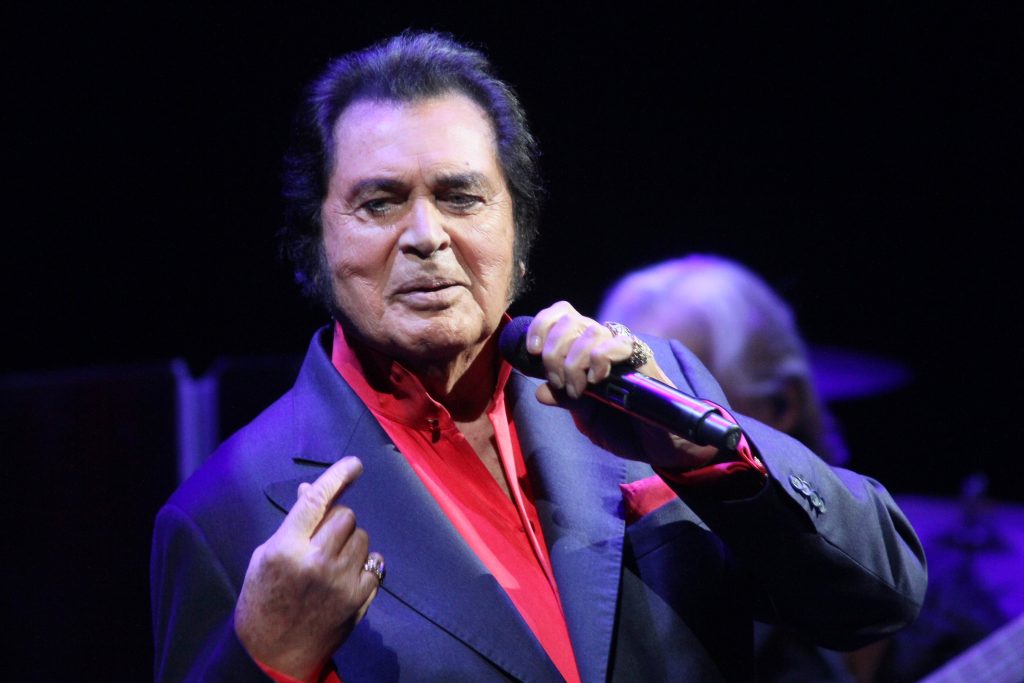
The Timeless Plea for Liberation and Heartfelt Farewell
“Release Me” by Engelbert Humperdinck is more than just a song; it is an anthem of emotional liberation and heartache, a melody that has resonated through the corridors of time, touching hearts with its poignant plea for freedom. Upon its release in 1967, the song became an instant classic, soaring to the top of the charts and cementing its place in musical history. It reached number one on the UK Singles Chart and impressively held its position there for six weeks. Its success was so monumental that it famously prevented The Beatles’ “Penny Lane” / “Strawberry Fields Forever” from reaching the top spot.
The story behind “Release Me” is one of serendipity and destiny. Originally penned by Eddie Miller, Robert Yount, and James Pebworth in 1946, the song had already seen several renditions before Humperdinck’s version brought it international acclaim. Humperdinck, whose real name is Arnold George Dorsey, was at a crossroads in his career when he recorded “Release Me.” The decision to cover this song turned out to be a pivotal moment that not only saved his career but also established him as a household name. It was his manager, Gordon Mills, who suggested the cover; Mills saw potential where others did not, and his intuition proved correct.
The song’s lyrics are an eloquent expression of a desire to move on from a relationship that has run its course. Its refrain, “Please release me, let me go,” captures the universal yearning for freedom when love becomes a chain rather than a bond. For listeners, especially those who have experienced the bittersweet nature of letting go, these words resonate deeply. Humperdinck’s rich baritone voice imbues each line with a sense of gravitas and sincerity, turning the song into an unforgettable experience.
What makes “Release Me” particularly timeless is its ability to evoke strong emotions and memories. For many of its listeners, particularly those of an older generation, it conjures images of lost loves and bygone days. The late 1960s were a period of significant cultural change; people were redefining relationships and personal freedoms. This song’s release during such a transformative time gave it additional layers of meaning. It became not just a personal anthem but also a reflection of societal shifts.
Musically, Humperdinck’s rendition stands out due to its lush orchestration and elegant arrangement. The sweeping strings and gentle rhythm provide a perfect backdrop for his vocals, enhancing the emotional weight of the lyrics without overshadowing them. It’s a testament to the craftsmanship involved in producing music that speaks to the soul while maintaining simplicity and elegance.
The impact of “Release Me” is further magnified by its enduring presence in pop culture. Covered by numerous artists over the decades, each rendition brings something new while paying homage to Humperdinck’s definitive version. This legacy underscores the song’s universality—it speaks to everyone who has ever had to make the difficult choice between holding on and letting go.
For older audiences revisiting this classic, “Release Me” offers a powerful sense of nostalgia. It recalls dance halls filled with couples swaying gently together, radio waves carrying heartfelt ballads into homes filled with love and longing. It’s a reminder of evenings spent reflecting on life’s complexities through music—a testament to how certain songs become woven into the fabric of our lives.
In conclusion, Engelbert Humperdinck’s “Release Me” is not just a song about parting ways; it’s about embracing change with dignity and grace. Its enduring appeal lies in its simplicity and sincerity—qualities that continue to resonate with anyone who has experienced love’s complexities. As we listen today, we are reminded of music’s power to capture human emotions in their rawest form, creating connections across generations through shared experiences and timeless melodies.